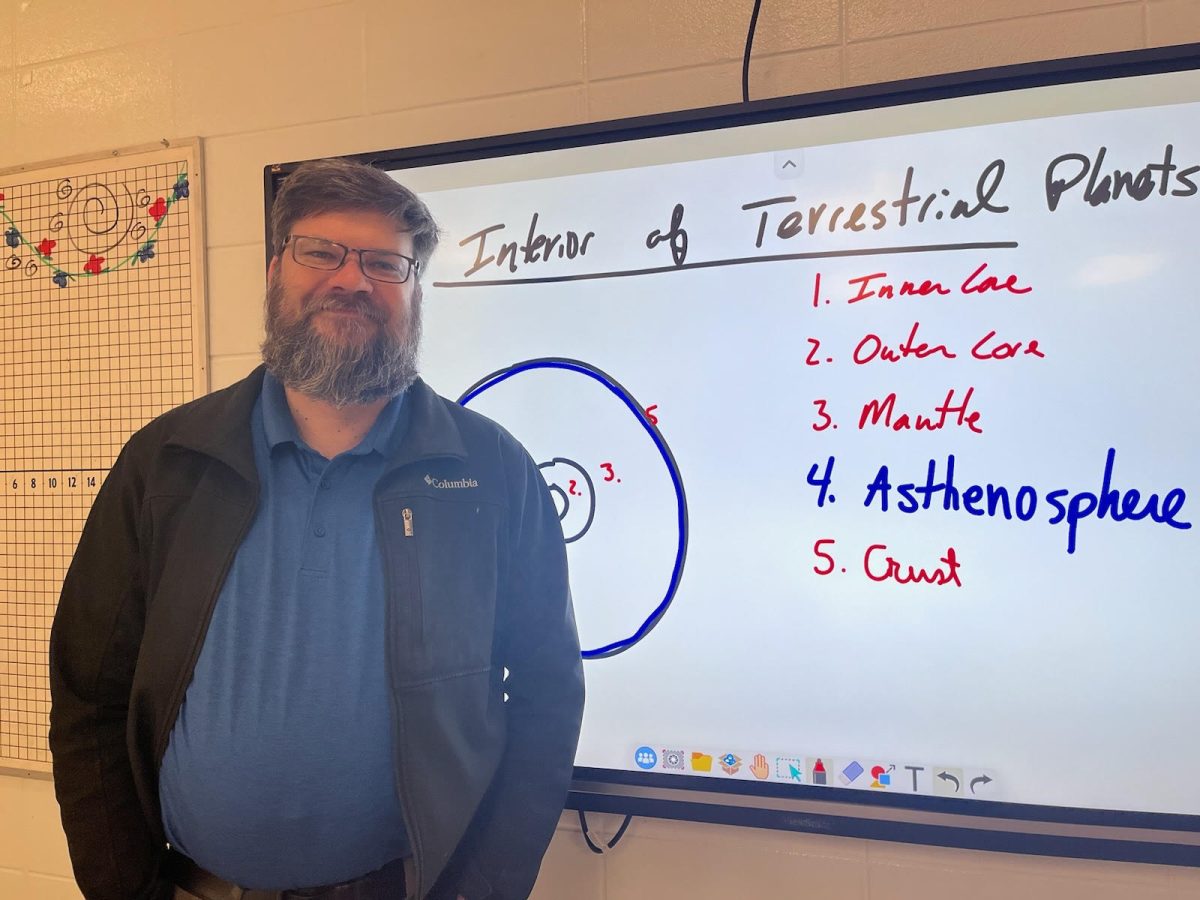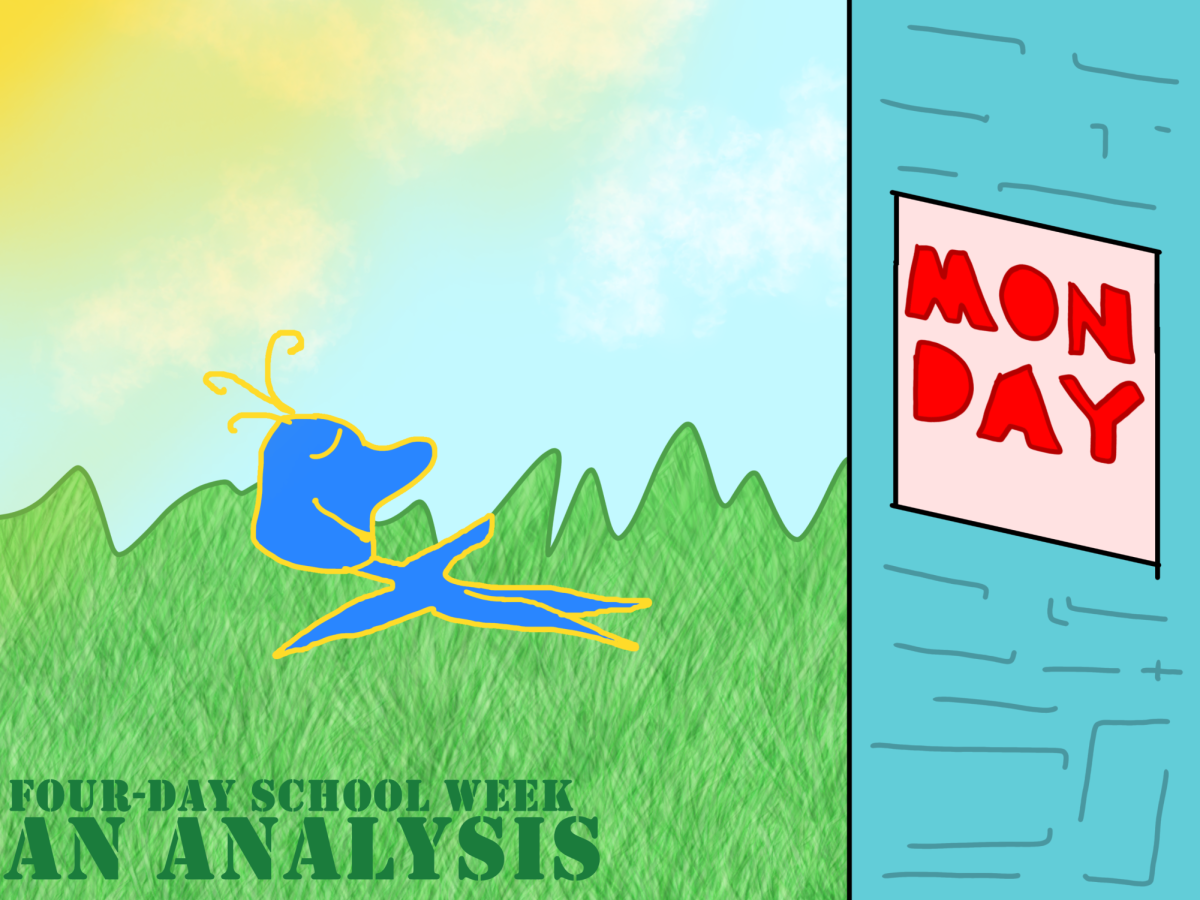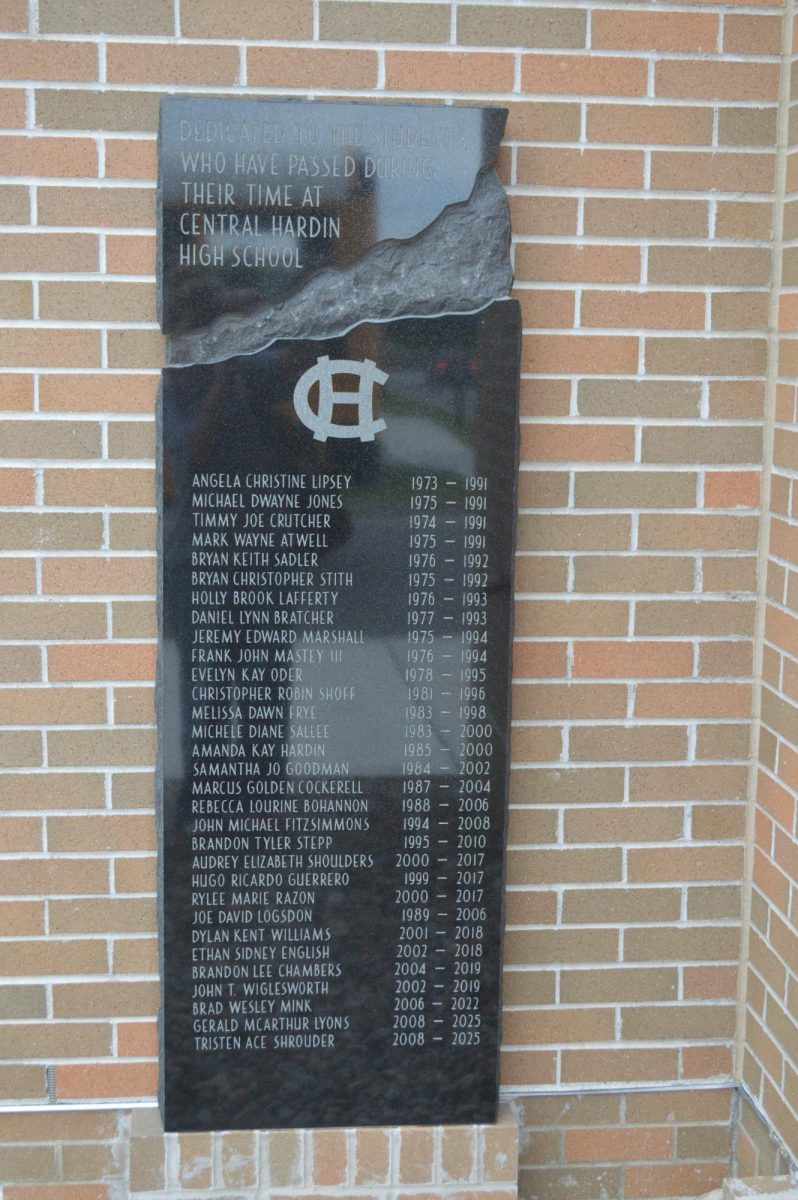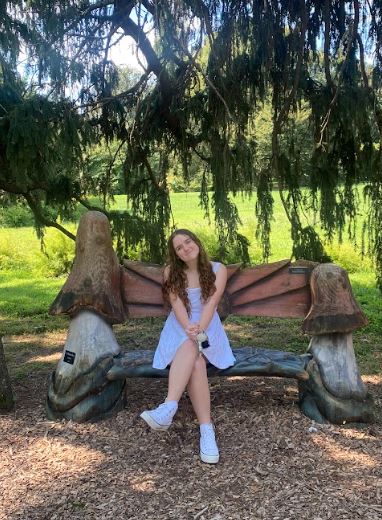Some may say he is the Sisk of Science because, like Mr.Sisk, math and science teacher Charles Pearsall teaches as if he were a time traveler who was friends with historical figures. So, I decided to share all these stories that you might not have been able to hear if you’ve never had Pearsall. Enjoy these wacky tidbits of knowledge!
10. July and August were named after Julius and Augustus Caeser
July and August got their names from Julius and Augustus Caeser, which might be well-known to some strong history/astronomy buffs, but Pearsall blew my mind when I heard this. It all started with replacing the Etruscan calendar – a calendar that paused for the winter seasons and any time they had a holiday. And, of course, Roman general Julius Caesar took it upon himself to make a new calendar and name a couple of months after him and his grandnephew, Augustus Caesar, who would become the first Roman emperor. When my birthday comes around, I’ll be sure to thank the self-absorbed Caesar family, who named my birth month August.
9. The Origin of Friday the 13th
On Friday, Oct. 13, 1307, the Knights Templar – an order of devout Christians created to protect Europeans traveling to the holy land, sort of like a Pilgrim Protection program or Pilgrim Police – were arrested, tortured, and executed. This was because the pope, at the time, wanted them gone due to false charges of hearsay, financial corruption, satanism, etc. Friday the 13th is basically a day that started with Christians fearing for their lives and, centuries later, turned into 12 slasher films about a guy named Jason.
8. Eratosthenes’ travel to the Dead Sea
Eratosthenes, better known as the father of Geography, discovered the equator by measuring the distance between a water well on the equator and a tower. Eratosthenes was into travel and ended up at the Dead Sea during one of his adventures. In his notes, he wrote about this discovery, but the Dead Sea hasn’t been added to the map yet. In his writings, he said it was a giant lake filled with volcanic eruptions.
7. William Hershel’s 40-foot Telescope
The telescope’s creation was interesting enough, but after learning more from Pearsall, I was introduced to William Herschel, who discovered the planet Uranus and created multiple massive telescopes. He had the most giant telescope of the time and eventually built a bigger one to beat his own world record. This 40-foot telescope stayed the largest for over 50 years. Standing off the scope, there was a building. It had two rooms, one with complete darkness and another with a place for his sister, Carolyn Hershal, to draw all the celestial objects Hershal would find. She would add these astronomical objects to a detailed catalog that told readers where to find these objects in the sky.
6. Calculus in a few months?!?
At 24, famous scientist and physicist Isaac Newton randomly discovered calculus to solve physics problems. He needed to solve physics problems when describing a falling object’s speed. Newton found that the falling of an object grows every second, but there was no mathematical explanation for this discovery. After Newton published a book explaining it, he never thought about it again. Newton spent a couple of months on this discovery, and later on in life, he would spend years trying to turn lead into gold. It was a waste of time, but it made him happy!
5. 60 minutes/ 60 seconds: Where does it come from?
Have you ever wondered where time comes from? Well, the answer is ancient Babylonian astronomy. This civilization created time-tracking based on the 60 gods they believed in, making each minute in an hour a different god and every second in a minute a tribute to them as well. Interestingly, these ancient civilizations’ establishments still have a purpose in modern times, which shows how advanced Babylonia was for its time.
4. Berlin Gold Hat
The Berlin Gold Hat is a strange artifact invented before writing was even a thing. It stands 29 inches tall and is 87.7% pure gold. However, no one knows who found this hat or its use. Pearsall inferred that, of course, they would wear it! He said a guy would probably walk around with it on his head for everyone to see in the town daily. That sounds pretty accurate to me!
3. Asteroid that caused the extinction of dinosaurs found
Mr. Pearsall informed our class recently that the asteroid that eventually made the dinosaurs go extinct was found off Mexico’s coast. The earthly indent made is called the Chicxulub crater. It was discovered in the 1960s by a Mexican-state-owned oil company called Pemex, but it wasn’t until 1990 that researchers linked it to the extinction of the non-avian dinosaurs and 75% of life on Earth at that time.
2. Tycho Brahe’s Wild Lifestyle
Tycho Brahe was a man who had an expensive data collection of planets that no one else had. However, Brahe was the most giant party animal around. He would have parties every night of the year and had a pet moose that would steal drinks at parties. Brache was important in astronomy because Kepler, a brilliant mathematician and astronomer, needed the data Brache had. Still, Brache refused to give it to him because he didn’t like Kepler’s “vibe,” or maybe it was his lack of party animal energy.
1. No Nose Brahe’
Brahe was not only the most incredible party animal of the time (studying astronomy in his free time) but also a man who had no nose. Yeah, you read that right! He lost his nose in a duel against his cousin and got it sliced off. This didn’t stop the oddly intelligent party animal from living life to the fullest. A golden cast was quick to replace where his nose once was. He had different nose casts for various events: gold (for parties), silver (for business), and brass (everyday nose). The metal from the nose is what people assumed killed him, but after scientists exhumed his body, the official cause was a bladder eruption. Ouch.
To add to all the astronomy and interesting facts, I traveled to Evansville, Indiana, and saw my first total solar eclipse, an experience I will never forget! Suppose you missed this one due to the cloudy weather in Elizabethtown. In that case, there will be another on August 12, 2045, in the U.S. I’ll be 38, and realizing that these astronomical events only happen every so often makes them even more special. When the next total solar eclipse occurs I’ll be sure to remember my first time seeing one and how it made me re-think the world we live in.
Learning all these weird things will stay with me forever as I wrap up the last weeks of high school. Astronomy was just a class I took to finish this year off smoothly, but now, every day, I go into class ready to learn all the wonders of space and hear a few fun stories along the way.









Lindy Barnes • Apr 17, 2024 at 8:43 pm
Pearsall has a very unique teaching style and his physics class has definitely been one of the highlights of my high school career. Thank you for shedding light on his crazy (but surprisingly accurate) physics and astronomy stories!
James P Doggett • Apr 12, 2024 at 10:39 am
Bravo Anna. Great topic and beautifully written.